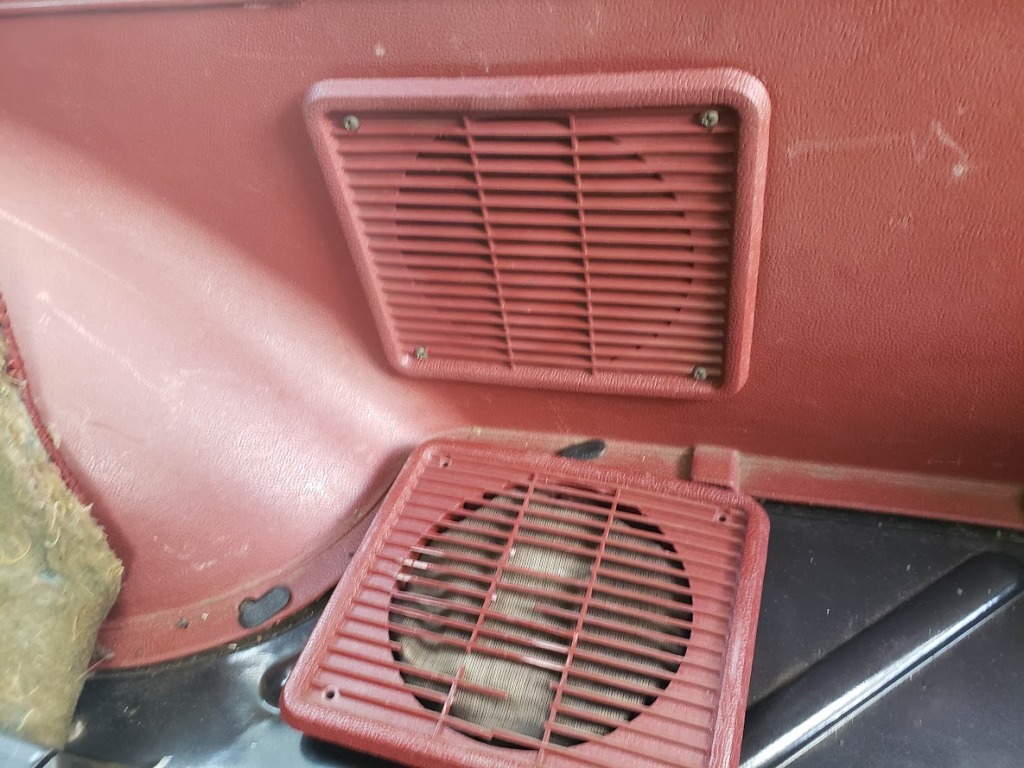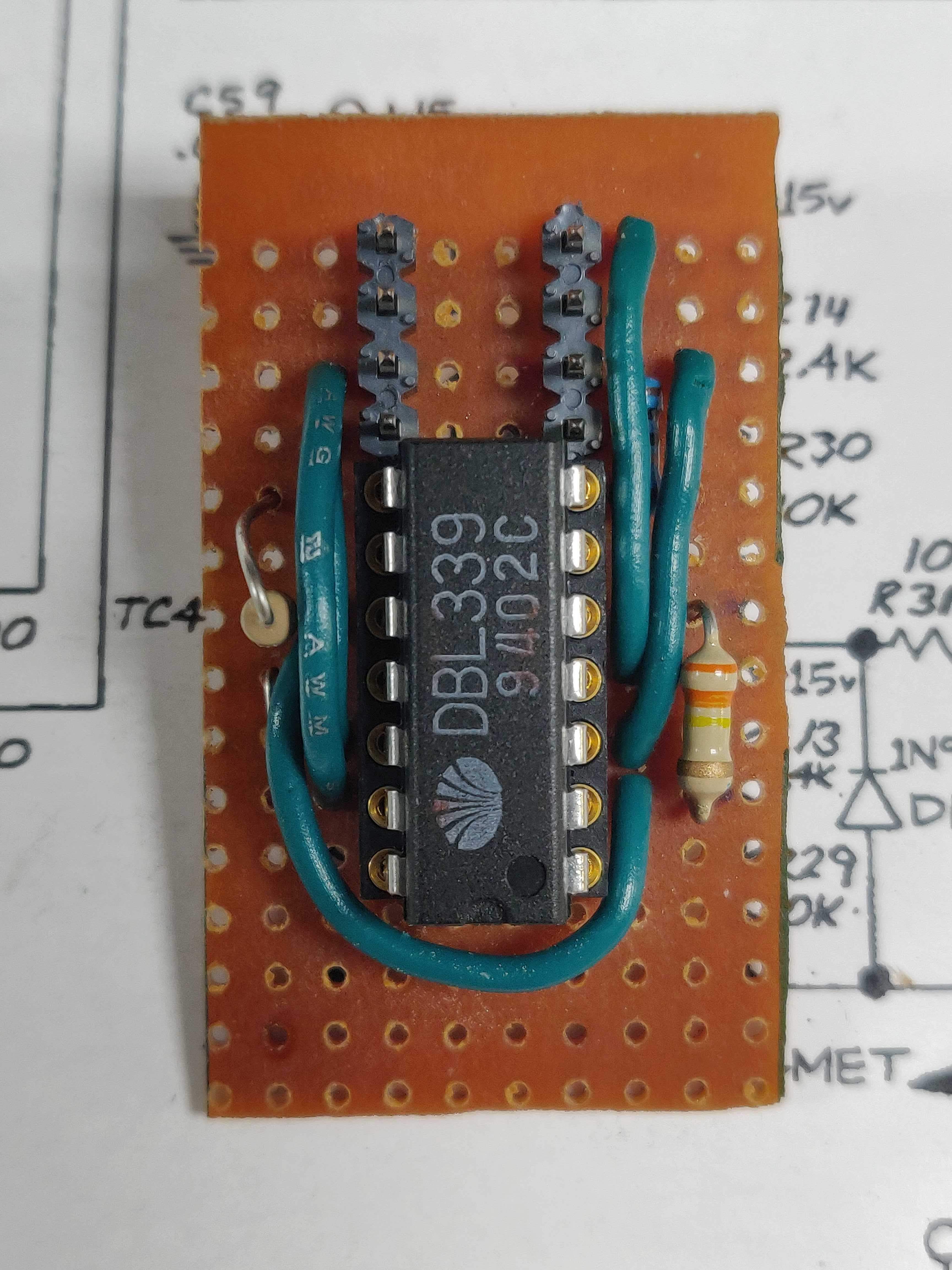This is a combination fix, I decided to replace the hatch struts so I didn’t have to haul around a stick to hold it open. That necessitated making sure I had quality hinges and replacement hinges if they failed. When I got the hatch off I found out why the defroster didn’t work and fixed that. While it was off I decided to clean up some rust and re coat the metal for protection. Finally I have touched up the primer in what should be a match to the original paint. Eventually I need new weatherstripping.
Hinges:
I got two sets of hinges from the AMC Eagle’s den facebook page. The first one had a single usable hinge (pitted) and one cracked so badly I don’t want to install it ever. The cracked one has experienced the hinge pin rusting so that it expanded and cracked the zinc casting. This exact failure mode can be equated to old restorations of the Parthenon. The second set was mostly perfect except I had to clean off some silicone that I assume a previous owner had used to seal around the body. The set I had on had one good hinge and one that had been welded back together and was porous and cracking again. I am certain that this one would have broken under the stress of new struts. I now have a backup set should my good set fail and a set that I really shouldn’t sell to anyone nor use as molds for casting. I have also noticed that the rubber seals that sit between the hinges and the vehicle are specific per side, but I don’t know why.
Defroster:
This one I noticed when I got my thermal camera. The defroster doesn’t work. I found that the cable which holds the ground wire from the defrost panel was cut because it was not routed correctly through the hole in the trim.
Rust:
On the bottom of the hatch there was some serious rust and some effort to paint over it (which was flaking off). I decided to take it all the way down to bare metal with my wire wheel and protect the surface with rust converter (converts rust to magnetite which does not propagate and is fairly hard). Once I am sure that there is no more rust I topped it with self etching primer to really try to bond to the metal. I also found a portion of the body around the plastic alignment peg hole had some rust creeping under it. To get it off I had to use a phillips bit and my new manual impact driver. The wonderful thing about that is the force that is imparted to seat the bit in the head also breaks loose the rusted threads. This avoids stripping the head of phillips screws. After all this the primer will get covered with some Mist Silver matching paint and everything should look better than new.
Struts:
These I picked up off Amazon. It’s a shame to see the old ones go because they’re so beautifully engineered. I particularly like the latch mechanism that keeps the ball retained in the socket. I assume the AMC logo on them either indicates they are original or at least that they are OEM replacements. The modern style retainers use spring steel curved to wrap around the outside, and the housing body is plastic. The original style is shown below. The ends are interchangeable as the ends of the strut are male threaded and that thread has remained consistent over many decades.



The last thing I want to say is this: whoever designed the hatch lifting mechanism/geometry is both wonderful and terrible. They designed it to be maximally useful and so that the struts are not in the way when the hatch is opened. The consequence of this is tremendous force required by the struts and the stress it puts on the rest of the system. Particularly the hinges. I love that they specified such powerful struts to overcome the massive mechanical DISadvantage based on the geometry. I hate whoever designed or specified the alloy for the hinges. They’re cast and polished zinc, yet they have to carry such a portion of the gas struts’ force trying to rip them apart at all times. I took a side view shot so you can draw some diagrams of forces and puzzle over it yourself. Good idea, I commend them for that. Poor execution.

The home page for this project is here, it has a link to the album of pictures.




